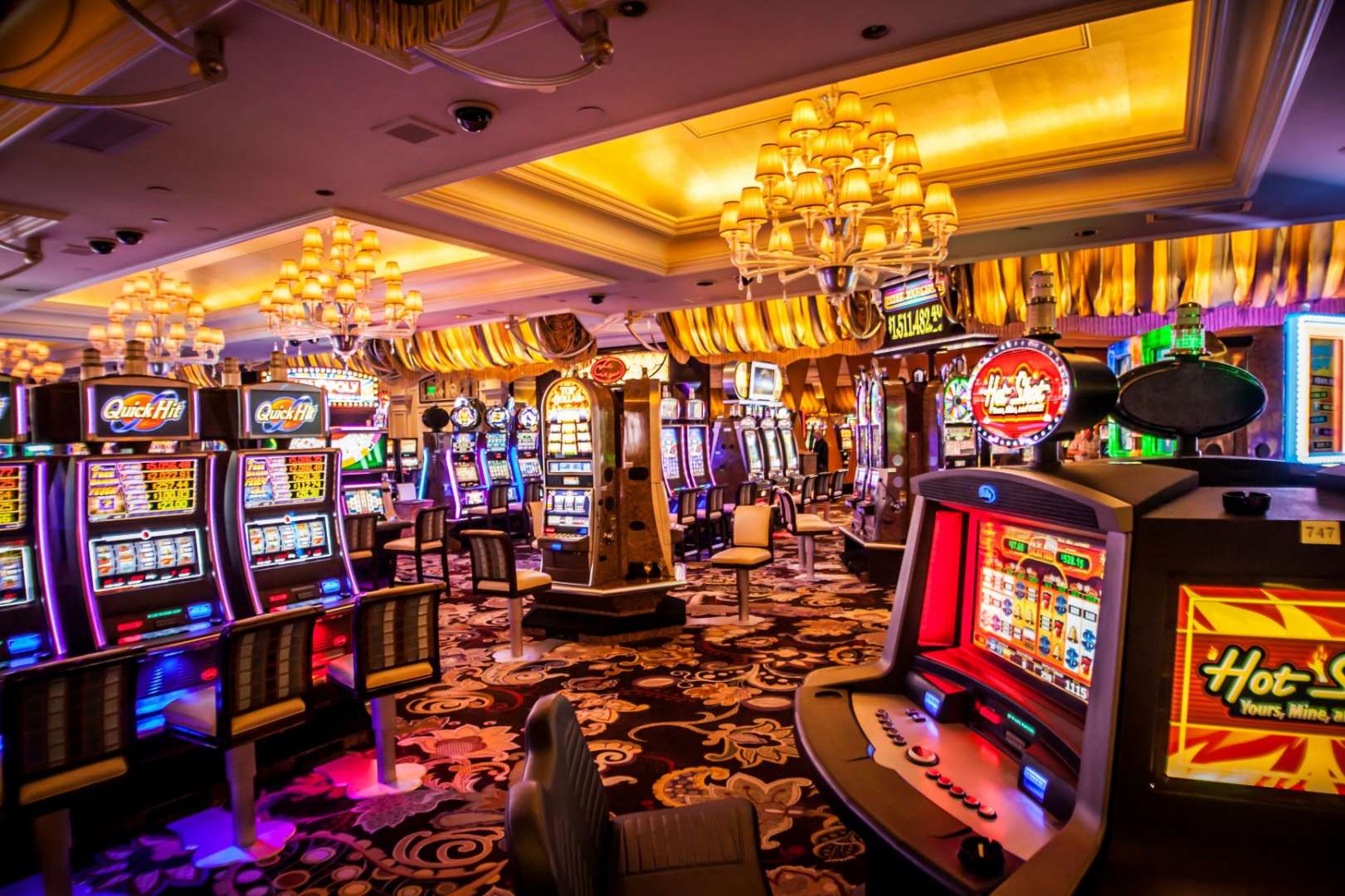Casino experiences have long captivated people’s attention, drawing players into a universe filled with luck, planning, and the allure of excitement. Each activity is painstakingly crafted not just for fun, but also to inspire targeted emotional responses that keep players engaged and committed. Understanding the reasons behind these designs reveals much about how human psychology plays a vital role in the gaming experience.
From the vivid lights and lively sounds to the complex layering of guidelines and payoffs, casino games are designed to create an atmosphere of excitement and eagerness. Game designers leverage mental cues to influence player behavior, whether through the use of jackpots, almost wins, or social interactivity. By examining these aspects, we can better appreciate how casino games fulfill not just a desire for entertainment, but deeper psychological needs for adventure and hazard.
Comprehending Player Behavior
Casino games are crafted with a thorough grasp of player psychology, which is crucial for attracting and holding players. The excitement of the game, alongside the hope of winning, creates a strong allure. Game designers make use of elements like sound effects, vibrant graphics, and immersive gameplay to capture attention and evoke emotional responses. These sensory elements enhance the immersive experience, making players feel more attached in the game.
Another notable aspect of player behavior is the notion of risk/reward dynamics. Casino games often weigh risky situations with the potential for considerable rewards, which can cause the occurrence known as near-miss phenomenon. When players come near to winning, the brain releases dopamine, strengthening their behavior and prompting them to persist playing in search of that hard-to-reach win. 868vip This cycle of hope and letdown plays a key role in how games are structured and marketed.
Lastly, social elements also play a central role in player behavior at casinos. Many games are designed to be played in groups or in company with other players, nurturing a sense of togetherness and communal experience. The social interaction inherent in games like baccarat enhances enjoyment and can result in extended gameplay. Designers leverage on this by designing environments that encourage players to remain, connect, and return, making the overall casino experience more inviting.
The Role of Imagery and Audio
Imagery and sound play a significant role in elevating the player’s experience within gambling games. Designers utilize bold colors, striking graphics, and engaging animations to capture players’ attention and hold their focus. The use of motifs, such as exploration or opulence, helps create an enthralling atmosphere that transports players into another world. By appealing to the senses, these elements contribute to a intensified emotional response, prompting players to interact more deeply with the games.
Audio design is equally important in reinforcing the overall experience of gambling games. The mix of ambient music, sound effects for winning combinations, and ambient noises creates an sound landscape that holds players fascinated. Audio cues associated with victories, such as ringing bells or celebratory music, evoke feelings of thrill and reward, encouraging players to continue playing. These audio cues are carefully placed to enhance the thrill of the game and create a more immersive experience.
Moreover, the synchronization of visuals and sound is crucial for supporting the game’s overall concept and mood. Each element should align seamlessly to create a cohesive experience that draws players in. The effective use of this integration not only improves user enjoyment but also boosts the likelihood of return play, as players become more invested in the immersive world that the gambling games offer. This thoughtful combination of imagery and audio ultimately enhances player engagement and loyalty.
Reward Structures and Participation
The creation of casino experiences greatly relies on incentive systems to ensure players involved and coming back for additional experiences. These structures are based in psychological principles that exploit human behavior and desire. Players are often motivated by the excitement of success, which is reinforced by instant feedback through the game’s design. This prompt satisfaction not only improves the overall experience but also cultivates a feeling of success, prompting players to keep participating in hopes of bigger gains.
Gaming establishments implement various incentive systems, such as jackpots, bonuses, and increased rewards, to engage participants. These features create a layer of excitement that sustains engagement. Additionally, the randomness of results plays a crucial role in sustaining interest. The intermittent reinforcement schedule, where wins are unpredictable but occur often enough, keeps players on edge and driven to keep playing. This loop of hope and anticipation is essential to the effectiveness of gambling experiences.
Moreover, community aspects, such as tournaments and collaborative options, boost the engagement factor by tapping into the competitive nature of participants. The shared experience of playing with others can intensify the excitement of winning and create a community atmosphere within the casino. By integrating these community elements with effective incentive structures, casino games don’t just offer fun but also nurture a deeper bond among participants, reinforcing their commitment to the gaming experience.

